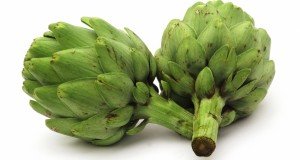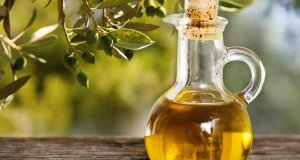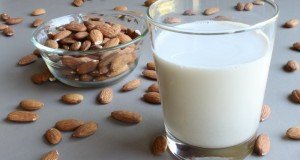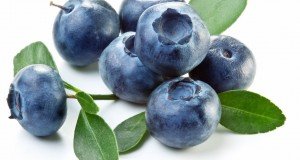Green leafy vegetables lower glaucoma risk by 30%
(NaturalHealth365) Move over, carrots. A new study finds green leafy vegetables may take the crown when it comes to protecting eye health and safeguarding vision.
Green leafy vegetables – such as lettuce, spinach and kale – have long been known as important sources of the minerals and vitamins known to be helpful in warding off diabetes, high cholesterol and even cardiovascular disease. But results of a new study out of Boston show green leafy veggies may play an important role in safeguarding vision, particularly by lowering the risk of glaucoma.
Reducing the frightening dangers of vision loss from glaucoma
Glaucoma is a serious eye disease that slowly erodes sight with no prewarning. An estimated 3 million Americans suffer from the disease, with 120,000 blind because of it.
Glaucoma has been described as an imbalance in production and drainage of clear fluid, which accumulates in the eye’s anterior chamber where it builds pressure inside the eye. This pressure can reach critical levels that cause irreversible nerve damage, resulting in vision loss.
Published in the Journal of American Medical Association Ophthalmology, the study by researchers at Brigham and Women’s Hospital and Harvard Medical School links consumption of leafy greens and other nitrate-rich vegetables, like spinach, lettuce, red beetroot and celery, to as much as a 20 to 30 percent reduction in risk of chronic glaucoma.
The reason why green leafy vegetables are good for the eyes
The researchers believe that the increased amount of dietary nitrate offered by these vegetables improves blood circulation, correcting what is believed to be restriction of blood flow to the optic nerve. The result is a decreased risk of blindness often associated with the disease.
The experiment analyzed diets and eye exam outcomes for 105,000 people, including nearly 64,000 women taking part in a study between 1984 and 2012, as well as over 41,000 men taking part in a study from 1986 to 2012. All study participants were over 40 years of age and free of chronic glaucoma at the start of the study.
Study subjects were divided into five dietary groups based on their consumption of leafy vegetables. The participants were also required to report results of eye exams undertaken every two years. The scientists were able to identify 1,483 study participants who eventually developed glaucoma by the time the study drew to a close.
Protect your vision by eating green leafy vegetables – daily
The study’s researchers concluded that substantial consumption of dietary nitrate and leafy greens was associated with up to a 30 percent lower risk of chronic glaucoma. In some participants, the risk of vision loss was believed to be reduced by as much as 40 to 50 percent. Kale or collard greens were found to have the most persistent and significant impact on reducing risk of the most common type of glaucoma, primary open-angle glaucoma or POAG.
With about 10 percent of all glaucoma patients expected to eventually lose their sight, the idea that high-nitrate, leafy green veggies can decrease risk of blindness has significant health implications. The study’s results suggest that increasing nitrous oxide in the bloodstream can help the lining of the circulatory system to better regulate blood flow, reducing the risk of glaucoma.
No debate: Even conventional medicine admits the value of plant foods
The American Optometric Association points out that leafy green vegetables are full of antioxidants lutein and zeaxanthin, known to decrease chronic eye diseases, including glaucoma, as well as cataracts and age-related macular degeneration.
To mimic the positive results of the study, ensure your diet includes frequent and abundant consumption of lettuces, kale, cabbage, collard greens, Brussels sprouts, celery, broccoli, cauliflower, broccoli, and radishes for best results. Study participants consuming 240 mg of nitrate per day were found to enjoy the greatest reduction in POAG risk.
References:
https://www.medicaldaily.com/forget-carrots-green-leafy-vegetables-may-lower-glaucoma-risk-30-369592
https://www.medicalnewstoday.com/articles/305099.php
https://medicalxpress.com/news/2016-01-higher-dietary-nitrate-green-leafy.html











